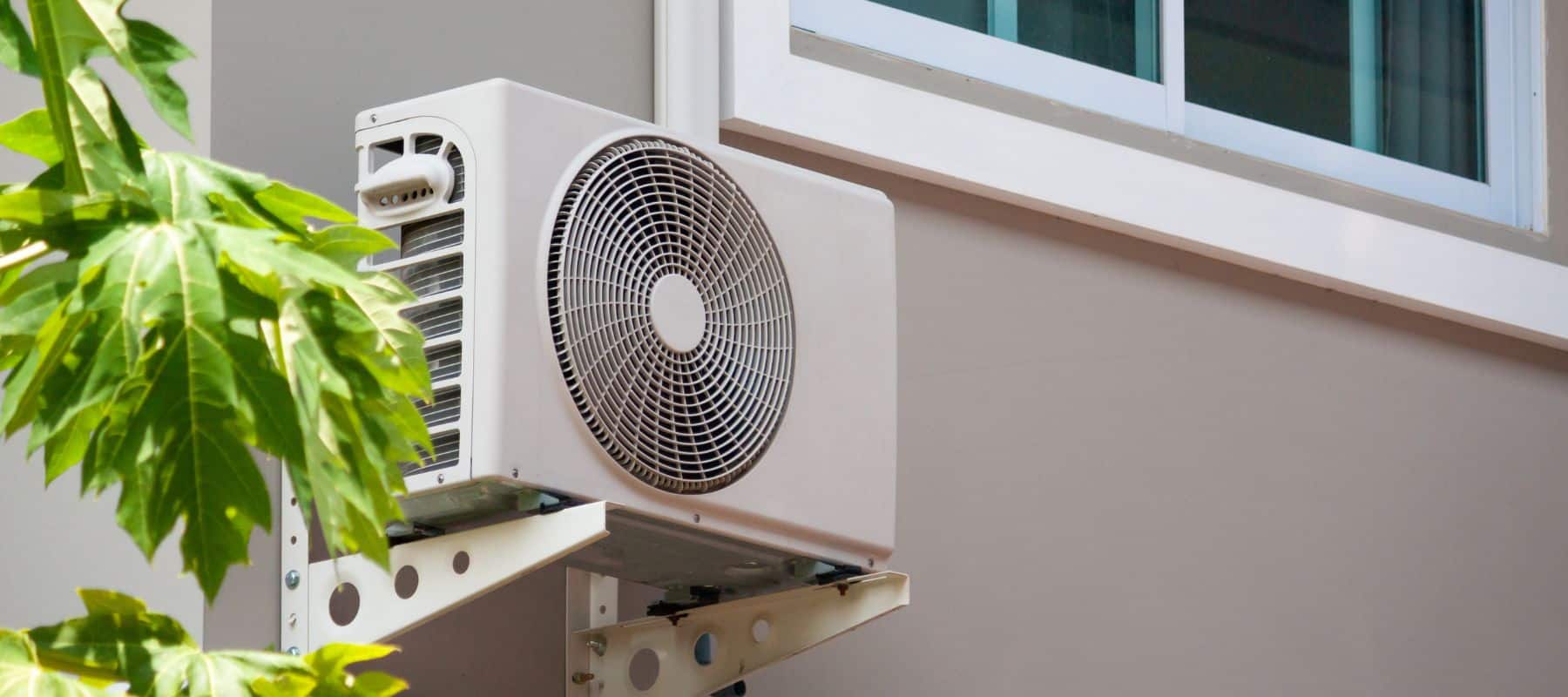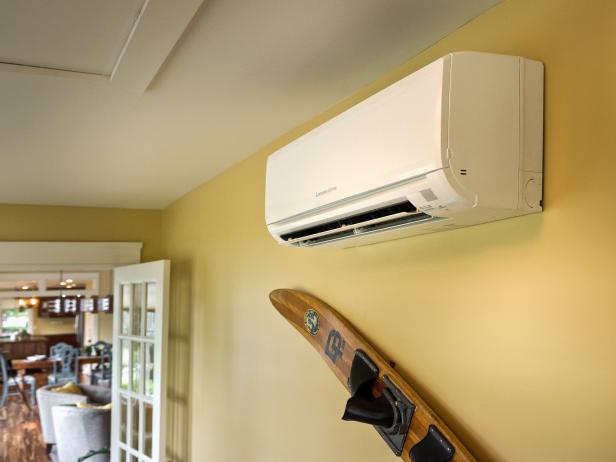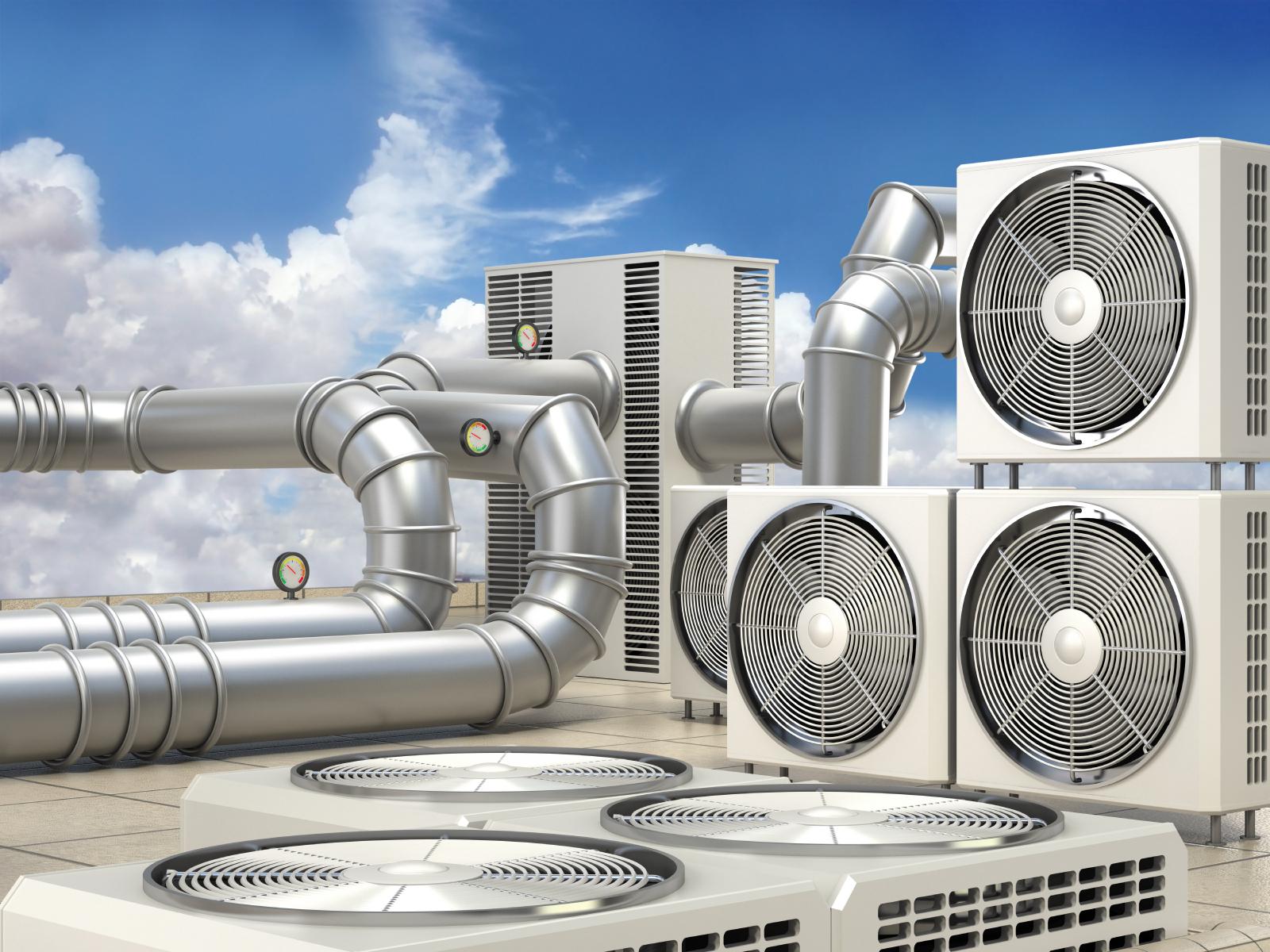Designing With Convenience in Mind: Integrating Air Conditioning in Style
When it concerns developing architectural rooms, the old saying 'form follows feature' applies. But have you ever considered just how incorporating a/c right into design can elevate comfort and effectiveness simultaneously?
The seamless combination of cooling down systems within the structure of a structure not just impacts the residents' well-being however additionally influences the total sustainability of the structure. As you check out the elaborate connection between style and air conditioning, a world of innovative options and cutting-edge innovations awaits your exploration.
Trick Takeaways
- Energy-efficient systems boost convenience and sustainability.
- Integrated air conditioning improves indoor air high quality.
- Stabilizing appearances and functionality ensures ideal design.
- Future trends focus on wise, sustainable cooling services.
Value of Integrated Cooling
When creating spaces, integrating a/c is crucial for ensuring the most effective comfort and capability. Energy performance plays an essential function in the layout procedure, as it not only lowers functional costs yet also minimizes the ecological influence of the building. By including energy-efficient a/c systems, you can create a sustainable and economical option that benefits both the owners and the planet.
Additionally, interior air high quality is another essential element to think about when designing with integrated air conditioning. Appropriate air flow and filtration systems aid preserve a healthy indoor setting by reducing contaminants and allergens. This brings about enhanced passenger wellness and productivity. When selecting a/c systems, prioritize those that provide sophisticated purification innovations to boost the total indoor air quality.
Aspects Affecting Design Choices
Incorporating a/c right into architectural layouts requires careful consideration of various elements that influence design decisions. When integrating air conditioning systems, sustainability considerations are important to lower the building's environmental effect. Individual experience plays a substantial duty in identifying the efficiency and fulfillment with the air conditioning system.
Power Performance: Lasting layout techniques aim to reduce energy consumption, which not just benefits the setting however also minimizes operational expenses for the structure owner.
Indoor Air Top Quality: Supplying a comfy and healthy and balanced interior atmosphere enhances the overall user experience, promoting productivity and wellness.
Aesthetics and Assimilation: Integrating air conditioning systems seamlessly into the building design makes sure that functionality doesn't compromise the aesthetic charm of the room, enhancing user contentment and general structure looks.

Effective Cooling Methods for Structures
To optimize cooling down performance in buildings, take into consideration including easy design techniques together with cooling systems. Easy air conditioning techniques can greatly minimize the need for mechanical cooling, causing even more sustainable remedies for preserving comfy indoor temperatures. Design features such as shielding gadgets, all-natural ventilation systems, and thermal mass can help regulate temperature levels without counting solely on energy-intensive a/c. By tactically putting windows to optimize cross ventilation or making use of reflective roof covering materials to minimize solar warmth gain, you can harness the power of nature to cool your structure efficiently.

Along with passive methods, applying lasting services like eco-friendly roofing systems or living wall surfaces can better boost cooling down effectiveness by supplying insulation and decreasing warmth absorption. These functions not only assist in preserving comfortable interior temperature levels yet also add to a greener setting. By integrating easy air conditioning techniques with sustainable services, you can produce a much more energy-efficient and eco-friendly structure layout that focuses on both convenience and conservation.
Balancing Appearances and Capability
Take into consideration the harmonious combination of visual components with practical facets in your building style to guarantee a balanced and impactful end result. When integrating a/c systems right into your structure design, striking a balance in between appearances and capability is vital to developing spaces that not only look great however also give excellent convenience for owners.

To achieve this equilibrium, maintain the complying with factors in mind:
Mix the System with the Environments: Make sure that the air conditioning units or vents flawlessly integrate with the general aesthetic of the room, whether via hidden positioning, ornamental covers, or matching colors.
Focus On User Experience: Style the airflow and temperature level control systems in a manner that prioritizes the comfort and wellness of the residents. Consider variables such as air distribution, noise levels, and simplicity of usage to enhance the general customer experience.
Incorporate Sustainable Practices: Go with energy-efficient air conditioning remedies that not just contribute to the aesthetic appeal of the structure yet also advertise sustainability and reduce ecological effect.
Future Patterns in Architectural Cooling
As you imagine the future of architectural layout, remaining abreast of arising air conditioning trends ends up being critical for improving both form and function within your projects.
The integration of wise innovations right into architectural cooling systems is readied to reinvent the means structures are cooled down. These systems utilize data and automation to optimize energy use, supplying personalized convenience while minimizing ecological impact.
Lasting options are additionally shaping the future of architectural air conditioning. From easy style strategies that make the most of natural air flow to ingenious cooling products that decrease the need for traditional cooling, sustainability is at the forefront of cooling down advancements. Engineers are increasingly including eco-friendly roofs, shading aspects, and thermal mass into their designs to create even more energy-efficient cooling systems.
Frequently Asked Questions
How Does Cooling Impact the General Sustainability and Power Performance of a Structure Style?
When you incorporate air conditioning into structure design, it impacts sustainability and power efficiency. Energy consumption can climb as a result of cooling usage, impacting building performance. This increased power demand can have unfavorable ecological impacts, lowering total sustainability.
To alleviate these impacts, take into consideration integrating energy-efficient HVAC systems, correct insulation, and passive cooling techniques. Stabilizing convenience with energy efficiency is important for developing sustainable building styles.
Are There Any Regulations or Certifications That Architects Required to Take Into Consideration When Integrating Cooling Into Their Designs?
When integrating air conditioning right into your designs, it's essential to think about governing demands like building codes and qualification requirements for power effectiveness. Satisfying these guidelines assurances that your job aligns with market best practices and ecological objectives.
Acquainting on your own with these guidelines will certainly assist you in developing lasting layouts that focus on convenience while additionally decreasing energy usage. Remain educated and certified to deliver projects that are both comfortable and eco-friendly.
Can the Positioning of Air Conditioning Units Affect the Total Convenience and Performance of a Space?
When it comes to a/c units, placement matters a whole lot for your area's comfort and capability. Air flow is essential, so prevent obstructing vents or putting systems in tight corners.

Take into consideration how sound pollution can impact your environment and go for an aesthetically pleasing configuration that mixes flawlessly with your spatial format.
Focus on where you place these systems to ensure optimum comfort and performance throughout your space.
What Are Some Cutting-edge Technologies or Products That Can Be Utilized to Improve Cooling Equipments in Modern Style?
To improve air conditioning systems in contemporary design, you can explore clever controls and sustainable products. Passive air conditioning strategies and making use of thermal mass are innovative methods to improve efficiency and comfort.
Exactly How Can Architects Ensure That the Style of Cooling Equipments Matches the Total Aesthetic of a Structure While Still Prioritizing Functionality and Convenience? air conditioner not cooling
To guarantee the design of a/c systems matches a structure's aesthetic, focus on visual assimilation and style consistency. Include energy-efficient technologies for functionality. Stabilizing looks and performance boosts resident comfort.
Emphasize smooth assimilation of a/c elements right into the building design. By focusing on both aesthetic appeals and energy effectiveness, engineers can produce an area that's visually appealing, comfortable, and environmentally friendly.
Verdict
In general, when developing with comfort in mind, integrating air conditioning in design is essential. By taking into consideration elements such as efficient air conditioning methods, balancing aesthetic appeals and performance, and remaining ahead of future trends, engineers can produce spaces that aren't just visually appealing however additionally comfy for residents.
It is necessary to prioritize the health and convenience of those that'll be utilizing the room, and incorporated cooling plays a vital function in attaining this objective.